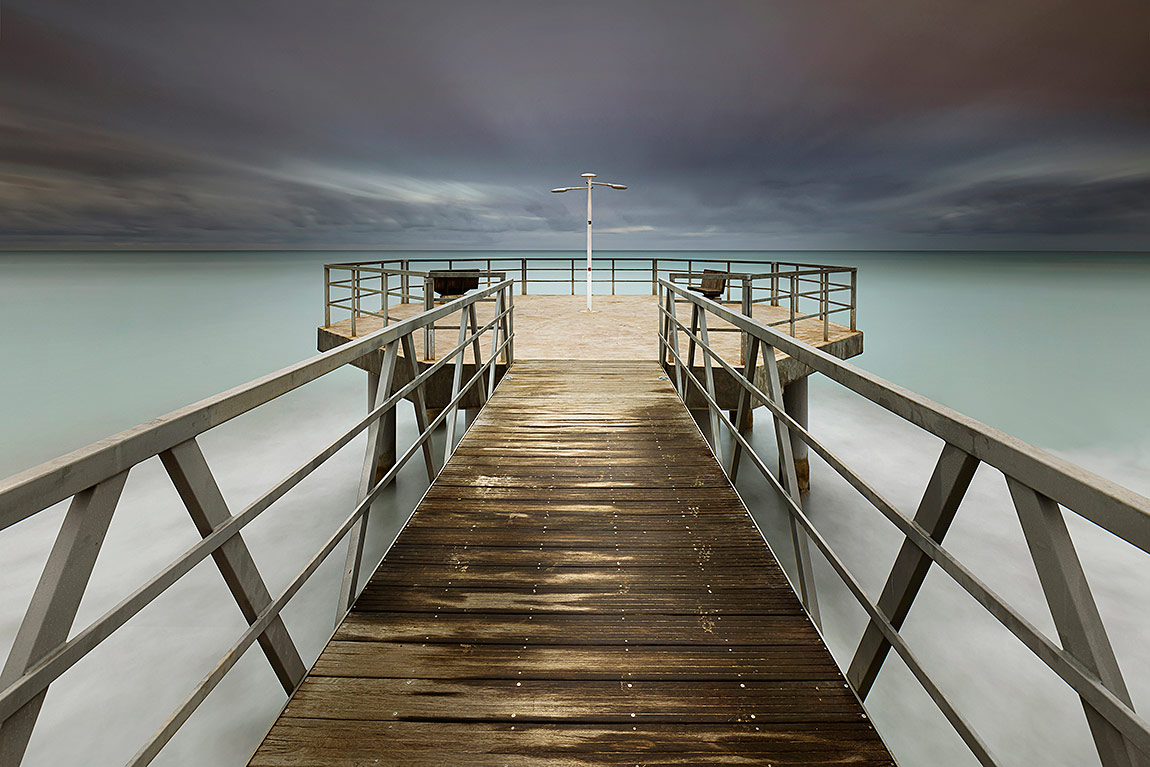The true measure of a photograph is not so much what shows but, instead, what is excluded or hidden. Learning to identify what to leave out from a picture is as important or perhaps even more so than what to include. How to hide undesired elements is not at all easy in most scenarios. By keeping the right elements in the best order possible, an image can be tremendously simplified, emphasising the important subjects. The viewer gets a better understanding of the image and can focus on the points of interest. In the end, that is our objective as photographers. No matter how beautiful or attractive we may consider an element to be within a composition, we often must think over and decide whether such an element improves the overall story of the image. Leaving items out of an image can be frustrating, but too many times, it is the best choice. It is amazing how frequently our compositions improve, only by excluding elements we at first thought were important but, after careful thinking, were, in fact, not.
In most situations, this can be achieved by changing your position, tilting the camera to a different angle, changing the height of your tripod, climbing up to a higher spot, etc. All of the previously mentioned leads to putting in a few good words for an important method used to keep photographs simple and to do away with distracting or unwanted elements: the art of using a slow shutter speed, in other words, long exposure. Depending on exposure time, we can simplify, soften, or even eliminate texture, such as moving objects, clouds or flowing water. A lengthy exposure, for example, a bulb mode setting, will also serve to eliminate some elements from your frame and isolate or highlight the subjects that are kept in.
The long exposure settings on your camera will require you to have a tripod, that is, if you seek to keep the subjects in your image sharp. You may consider using neutral density filters for some types of long exposures and, depending on light conditions.
For this image, I found it necessary to use a ten-stop ND filter and a circular polarizer (CPL). The CPL was another extra stop or so and filtered away reflections in the water and metal. The final picture is a single ninety-one-second exposure in bulb mode. The focus was set at a hyperfocal distance in order to reach sharpness throughout practically the entire image whilst obtaining a smoothness effect on both sky and water. The strong wind made the task difficult for a slow shutter speed, but adding a bit of weight to the tripod (backpack to the hook) and using a ten-second timer for the shutter release eventually did the trick.
Upload Your Picture • WIN $300 Cash

